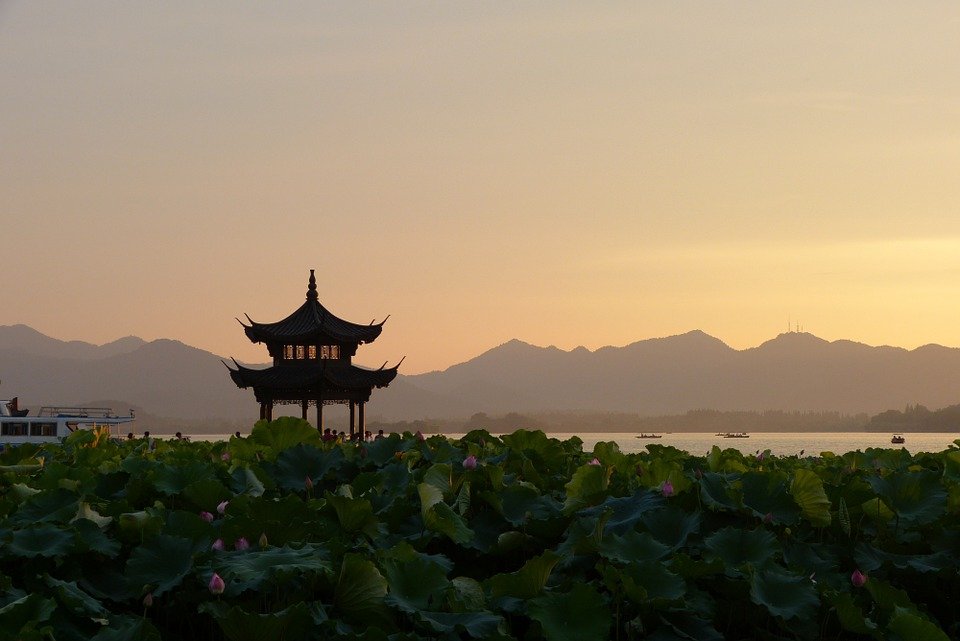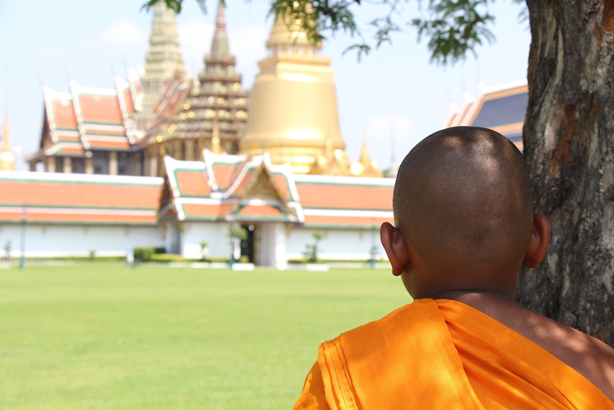BRINGING BACK THE LOST WORLD
Advent of Buddhist Culture
Foundations of Buddhism were laid down by Gautama Buddha around 500 BC, who philosophised a way of life, called Madhyamaka, based on eight noble principles, also called as Eight Fold Path. These principles are:
Right Views, Right Resolve, Right Speech, Right Conduct, Right Livelihood, Right Effort, Right Recollection and Right Meditation.
Buddhism is one of the oldest cultures prevalent today. During the modern times, Buddhism has become one the most preferred way of living, especially in the western world. Its survival through the last 25 centuries has been epic. It has had good times, and some not so good ones. The culture has been a part of great historic events like the enlightenment of King Ashoka (Asoka/ Devanampriya) the Great.
Survival through centuries
After the Mahparinirvana of Gautama Buddha, his followers spread across the lands known to man in that era. The Buddhist culture spread the regions of Kashmir till Sri Lanka, Greece, Palestine, Syria and the entire hilly region of north east Asia.
The culture has the rise and fall of dynasties and empires, from the rise of Ashoka, to the fall of the Romans, it has witnessed all, and survived through them. At times the monks retired themselves to secluded places like the Himalayas, Ghats, and jungles of Sahyadri to keep their way of living alive during difficult times.
This has led to creation of several monuments in lesser known places, especially in caves, mountains, and other natural havens.
Types of monuments in the Buddhist Culture
There are three major types monuments created keeping Buddhism in mind. These are:
- Vihara or Monasteries
A '’Vihara’ is a Buddhist monastery, usually built inside caves, mostly built by Monks themselves. A Vihara mostly acted as a resting place for monks and even travellers. They were more or less like the modern day community centres, but with more focused towards discipline and spiritual healing.
Borobudur Temple at Magelang, Indonesia, is one of the oldest Vihara in the world. Another famous Viharas include Mahabodhi Temple at Bodh Gaya and Maya Devi Temple at Lumbini, Nepal.
- Stupa or places to venerate relics
Stupa is one of the most sacred structures, especially for Buddhist Monks. It usually contains sacred relics, like mortal remains of monks. A Stupa is a place where Buddhist monks of yesteryears meditated, to liberate themselves from eternal pain.
Stupas at Sanchi, Sarnath, Amaravati and Bharhut are some of the oldest ones.
- Chaitya Griha or Prayer House
Chaitya are large prayer halls built for prayers and meditation. Usually, a Chaitya Griha also houses a Stupa. They were for large sermons by monks of higher ranks. It also contains several individual chambers for monks to meditate and pray in seclusion. The Chaitya Grihas were unique in architecture, as they were carved out of giant rocks.
Famous Chaitya Grihas include the Ajanta & Ellora Caves in Aurangabad, Karla Caves in Lonavala, and Bairat Temple in Rajasthan.
Importance of heritage sites
Heritage sites like monuments and historic places have a great significance in any culture. They keep the legends alive, and give us a glimpse of the glorious parts.
Buddhism has several known and unknown heritages places across the globe. As it is as old as 2,500 years, the monks and prominent followers like Ashoka created several structures across the globe. All of these monuments have a significant places in the Buddhist culture. For instance, after Gautama Buddha’s Mahaparinirvana, about 500 monks met for the 1st Council at Rajagrha, under Buddha’s acclaimed successor Kashyapa. So when one visits Rajagrha in India, he or she is standing at place where people of great significance once stood. That feeling is absolutely electric.
The sad part is that the later generations couldn’t save them. Some came under wrath of cruel kings, while some just vanished over time. Some got damaged due to natural tear and wear processes and natural calamities. However, remains of these structures are still present. Archaeological researches have time and again found monuments which represented Buddhist architecture. In fact, in countries like India and its neighbours there are several hidden monuments which are in reality nothing short of engineering and architectural marvels.
Why do we need to save and protect these monuments?
These monuments and heritage sites are an integral part of the not only ancient Buddhist culture but also record of various nations and geographies. Losing any of them is like losing a part of history. There are a vast number of monuments of Buddhist origin which are unknown. Each one of them personifies the glorious past of the culture, and some of them have been around for over a thousand a years. These monuments are spread across the globe, but their knowledge is limited to locals only; and some time that knowledge is also inaccurate.
Unfortunately, we have already lost many of them, which makes saving the remaining ones extremely important. The common people like us need take the initiative to bring these monuments and heritage places to light, and make them known to the world. This shall enable us to save history for the future generations, or else they would be devoid of such masterpieces.
What can we do to resurrect the lost ones?
The least we can do is visit the near by places, ask locals about the monuments, which might been in the folklore for centuries. Thousands of stories are associated with them, which are nothing but gold.
In this day and age, when travelling has become more of a hobby rather than mere leisure, it such place with a special place in history and culture will definitely attract interest from enthusiasts.
How can you contribute towards this cause?
The online forum, “Unexplored Buddhist Monuments” is created with the sole intention to bring these unknown places to light, so that the world can have a better understanding of the Buddhism as a culture, rather than a religion. You can too be a part of this journey.
If you have ever come across such places, which are rarely known, during your travels or nearby locations, then the world needs to know about it. We have the technology today to bring these exquisite monuments in common knowledge, so that people of interest could visit them and have a glimpse of historic architecture.
You can simply register yourself on the portal, and share your experiences. And when one of the places you mention become popular, the happiness will have no limits.

.jpg)





test